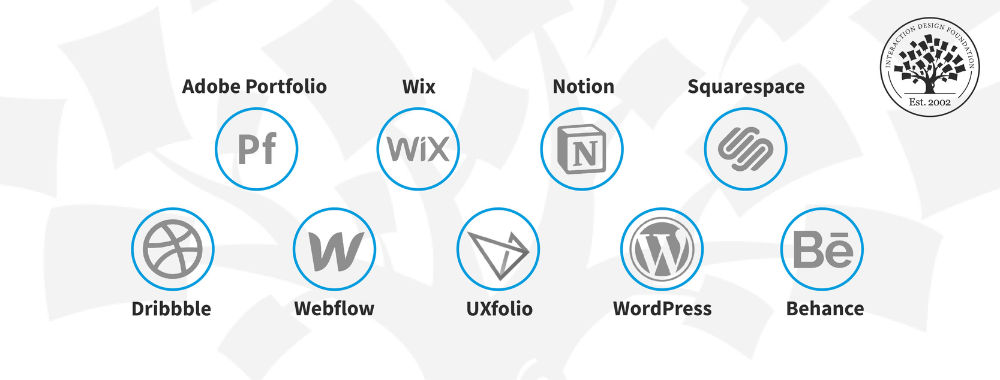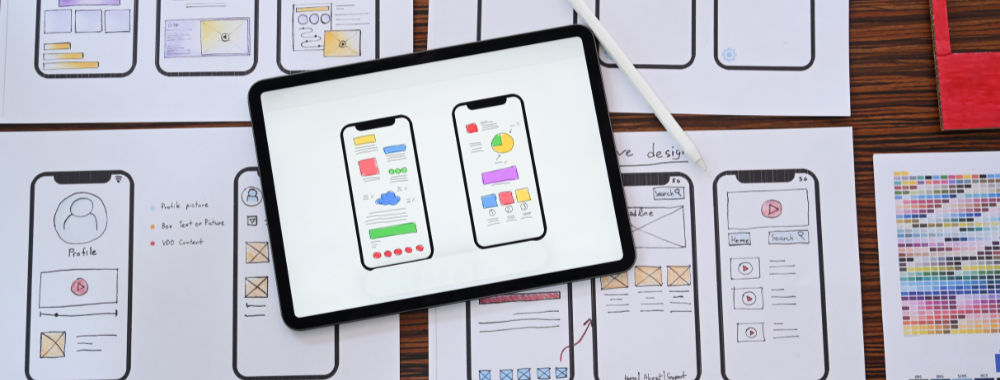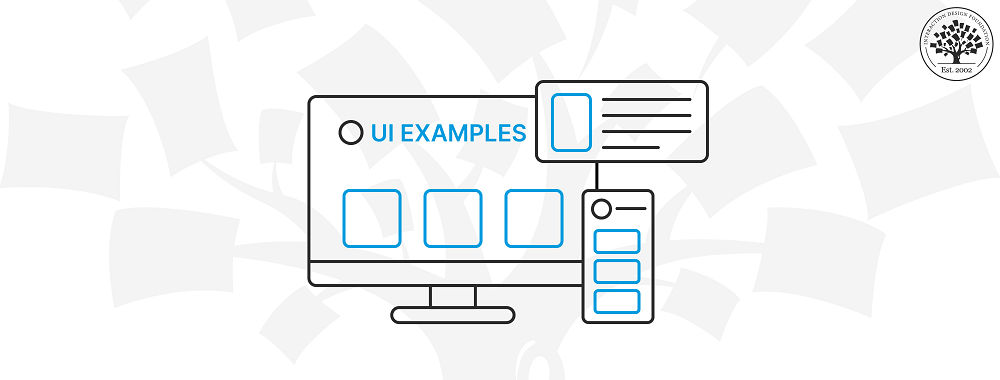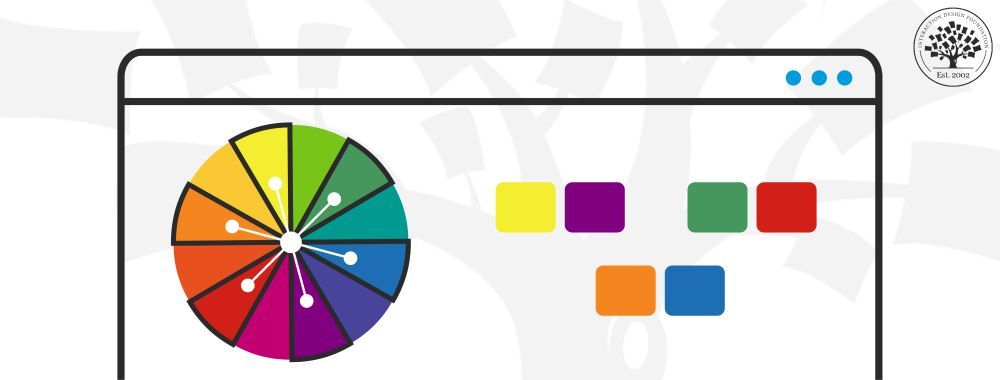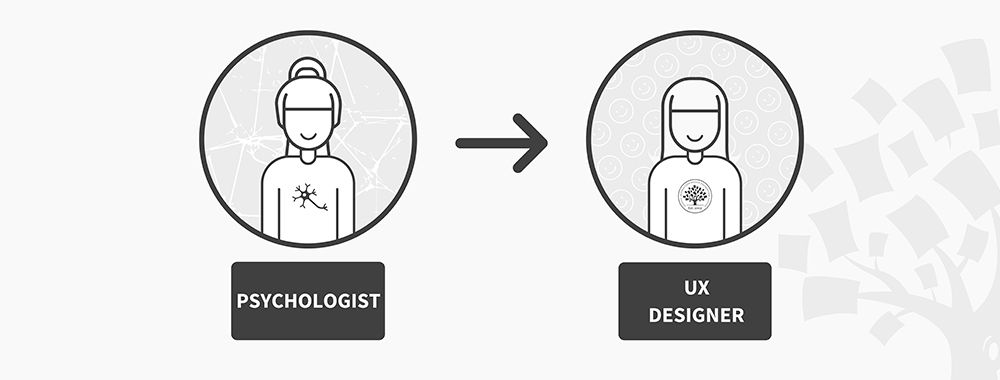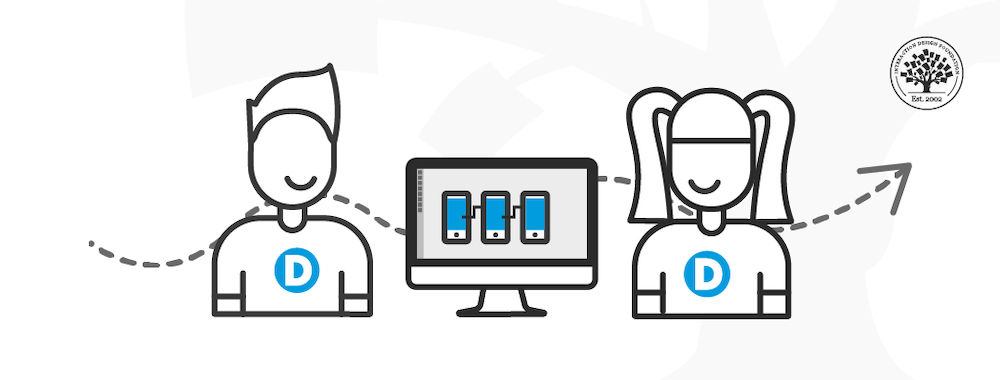This is the penultimate part of our series on calculating the ROI of UX; previously we’ve looked at some metrics that you can use to calculate ROI with and demonstrate the value of your project. If you’ve missed these pieces they’re under the UX Daily tab on our website. Today, we’re going to look at the use of ROI in target setting pre-project and in particular why you need to be cautious when setting targets.
What Businesses Want from UX Work
Businesses want your UX work to result in greater profits or reduced costs. They may appreciate less tangible benefits such as increased loyalty, increased satisfaction, etc. but these are harder to quantify and in the long-term they’re only valuable if they reflect in the bottom line.

Thus calculating the Return on Investment on your work is a key component of keeping that work. The better the ROI the better your employers/clients are going to appreciate your work.
Setting ROI Targets in UX Work
The desire for ROI is a natural one. Businesses exist to make profits for their shareholders. However, you must not let this desire overcome your rational approach to projects. The easiest way to turn success into failure is to estimate ROI that is ridiculously high at the outset of your project.
My main work is training development and delivery. My job is to ensure that people are first given the opportunity to become competent in their roles and then to try and improve their performance on the job so that they excel at what they do. Thus, it’s fair to say, my job is really about process improvement. That’s a measure that training and UX have in common.
It’s also a measure on which I’ve seen dozens of trainers shoot themselves in the foot over the years because they’ve been way too optimistic about the results of their work. The same is true for UX practitioners.

For example, you’ve been tasked with working on a sales processing system, and because you’re keen you estimate that you can increase productivity by 10%. That doesn’t sound so bad does it? 10% sounds reasonable… doesn’t it?
What if I told you your budget was $10,000 for this project and that the company’s current sales turnover was $10 million? Your prediction of a 10% improvement translates to $1 million in increased sales! That’s an ROI of $990,000 or 9,900%!
It sounds good (or looks good on paper) but why would you commit to such an incredible ROI before you’ve even started the project. If you had predicted a 1% improvement instead… that would still return $100,000 in increased productivity an ROI of $90,000 or 900%! That’s still worth investing $10,000 in. It’s also more likely that you will succeed in delivering that 1% boost than a 10% boost.

You need to produce ROI to show that your UX work adds value; you do not need to produce incredible ROI and you certainly don’t need to forecast incredible ROI. It’s better to be more conservative with ROI estimates and demonstrate any bonus value after the fact. If you predict 1% and deliver 10% you’re a superstar. If you predict 10% and deliver 1% - you’ll be labelled a failure even if the project is still profitable and delivers a very healthy ROI.
Image Source:
Richard Medina Doculabs (link to image)
Forex4you (link to image)
Prestige Marketing (link to image)
Online Poker Report (link to image)


